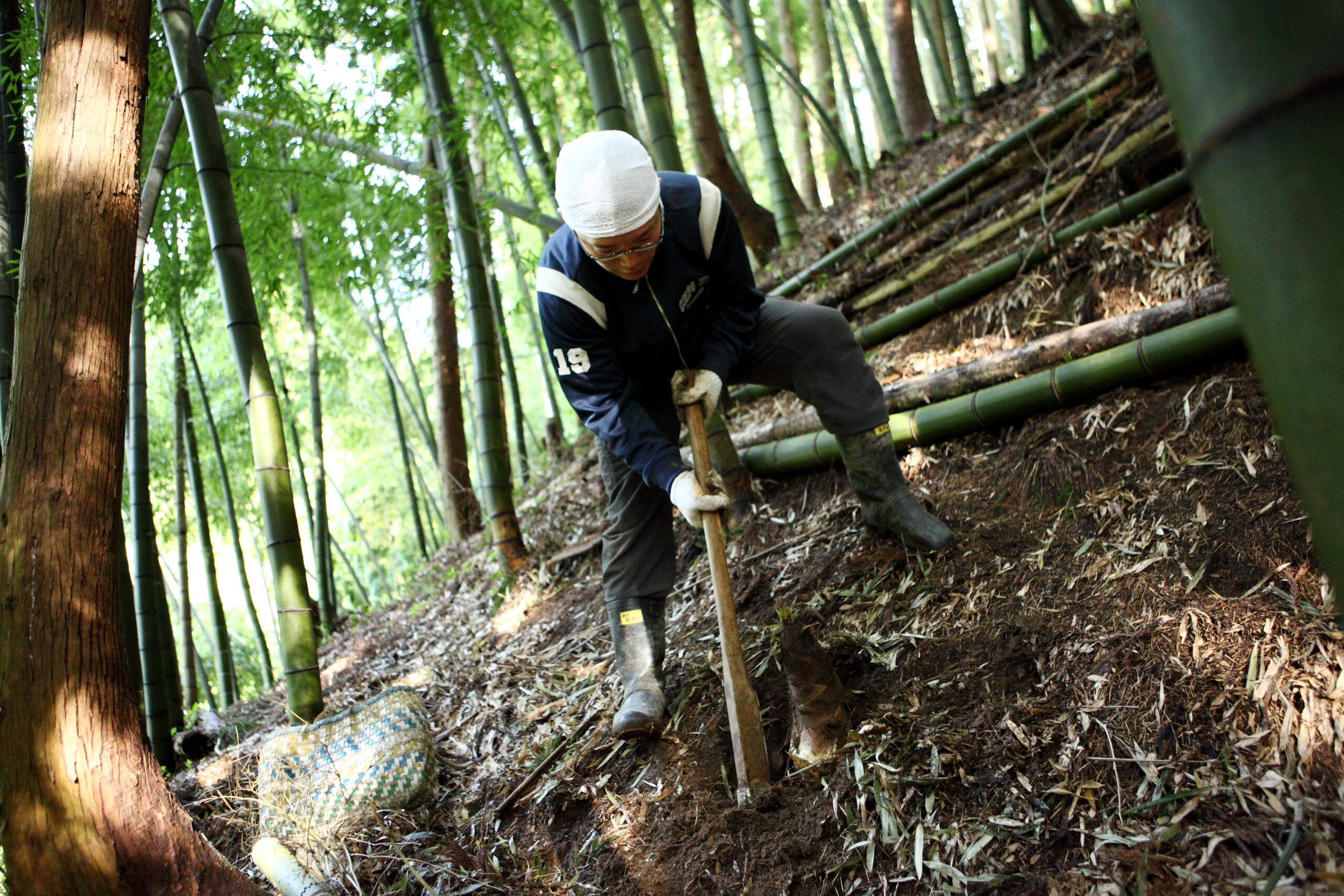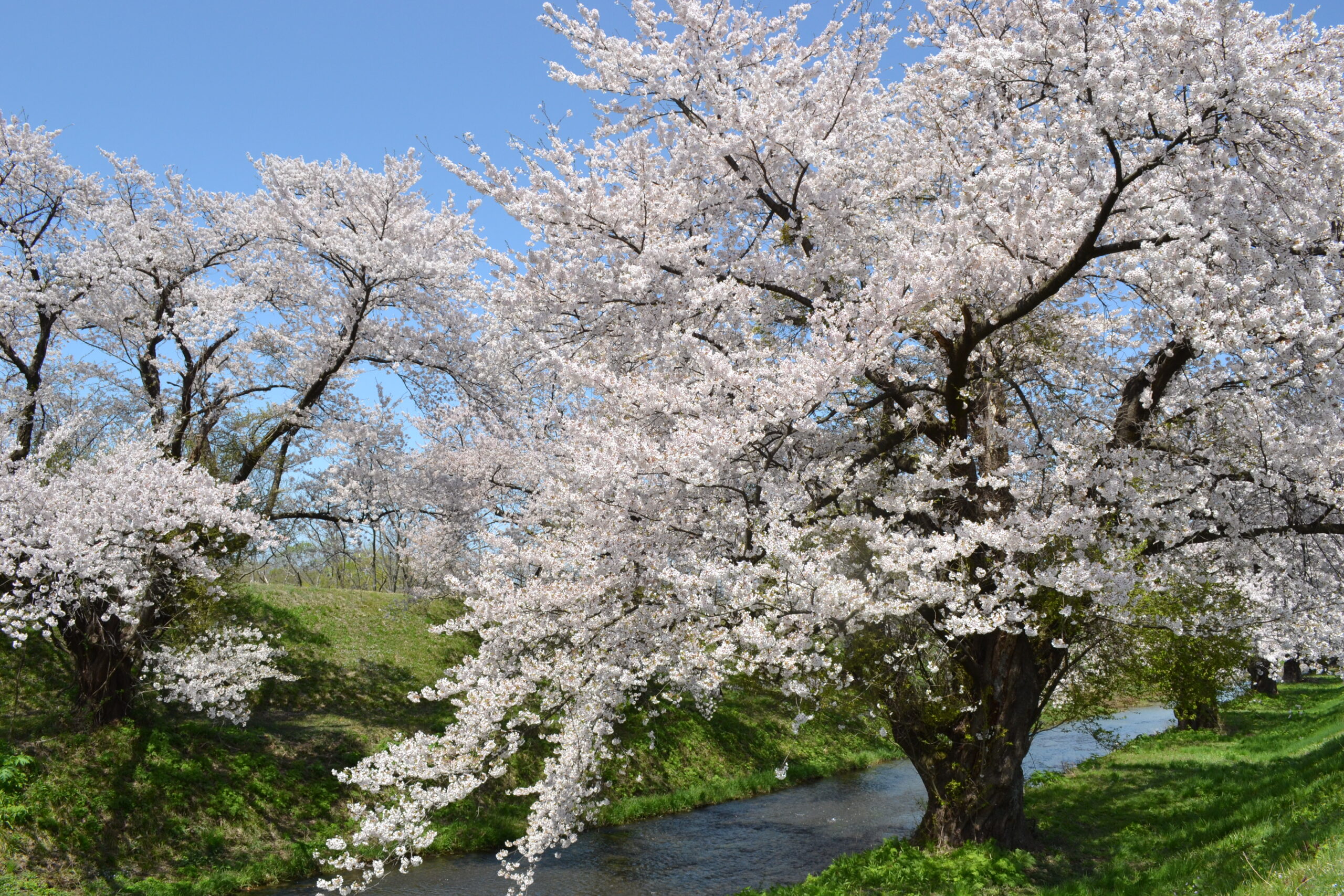Recommended Tours
- History & Tradition
Explore the multifaceted culture and cuisine of northern Japan
Experience high Japanese culture in the former castle town of Tsuruoka, and nature-bound spiritual traditions in the Holy Mountains of Dewa. Compose haiku at the Homma Museum of Art, and partake in a tea ceremony while gazing out at the Sakai's Old-style Japanese garden, both designated National Sites of Scenic Beauty.
Tour at a glance
| Inclusions | Accommodation fees, Meals,Admission fees,Experience fees,Post-tour transportation fees,Guide Interpreter |
|---|---|
| Exclusions | Personal expenses,gratuities Drinks added to the prix fixe meals, Travel insurance |
| Cost | ¥340,000(per person for a tour of two participants) |
| Minimum number of participants |
2 |
| Tour Length | 3 days, 2 nights |
| Tour Availability | Year-round |
| Meeting Location | Tsuruoka Station or Shonai airport |
In the castle town of Tsuruoka, partake in a kimono-clad tea ceremony at Sakai’s Old-style Japanese garden, designated a National Site of Scenic Beauty.
In the port town of Sakata, compose haiku at the Homma Museum of Art, home to one of Japan’s top gardens.
On holy Mt. Haguro, climb the 2,446 stone steps of the cedar-lined pilgrimage path alongside a yamabushi mountain monk.
Throughout your journey, enjoy cuisines ranging from Japanese to Italian, all prepared with top-quality local ingredients.
Arranged and guided by the editor-in-chief of a regional culture magazine.
A crossroads of three Japanese cultures
The northern culture native to the larger Tohoku region, which Dewa Shonai is part of, is deeply rooted here and continues to live on. Edo culture was introduced to Dewa Shonai about four hundred years ago by the Sakai clan, the samurai lords of the region. The Sakai clan had deep ties to the Tokugawa, the samurai clan who emerged as the overall victors when the Warring States period drew to a close and Japan’s capital was moved to Edo (present-day Tokyo). As the Edo period began, the Kitamae-bune trade route connecting northern and western Japan was established; it was along this route that the elegant, millennium-old culture of Kyoto and western Japan made its way to Dewa Shonai.
Japan’s first UNESCO Creative City of Gastronomy
To the west lies the Sea of Japan; in the other three directions, mountains. Come spring, the snow accumulated on the surrounding mountains over winter transforms in to a rich fountainhead, blessing the area with a cornucopia of world-class ingredients. Tsuruoka City was the first place in Japan to be recognized as a UNESCO Creative City of Gastronomy; as such, the area is known for its diverse culinary culture and wide range of locally sourced ingredients, including heirloom vegetables, wild mountain vegetables, seafood, and meat. Dewa Shonai chefs serve up these ingredients, freshly harvested, in preparations ranging from Japanese to Italian—a repertoire which can be enjoyed only here. Savor this rich culinary culture alongside award-winning local sakes and wines.
A three-day tour curated by the editor-in-chief of a regional culture magazine
A native of the area with deep affection for his home, editor-in-chief Mr. Kobayashi will introduce to you the nature, cuisine, and historical culture of the Shonai region, incorporating all sorts of knowledge he has gleaned during his exchanges with other locals in the process of preparing articles for his magazine. An experienced interpreter will accompany you to provide English-language interpretation and other assistance. Enjoy this special two-night, three-day night private tour with your loved ones, meeting wonderful local people, savoring delicious cuisine, and experiencing the little-known-yet-fascinating culture of Dewa Shonai.
tour itinerary
Day 1: A kimono-clad tea ceremony in the castle town Tsuruoka
Alight at Tsuruoka Station, meet your guide, and begin your journey. Start by heading to Chikeiken for a meal of exquisitely prepared local homestyle cuisine. Proprietress Ms. Chonan, who runs her restaurant and guesthouse in addition to farming her own land, believes that eating in-season, locally grown ingredients is the number one key to good health.
After lunch, visit a kimono shop to change into kimono, then head to Sakai’s Old-style Japanese garden, designated a National Site of Scenic Beauty. The garden is located on the grounds of Chidokan, a property which has ties to the Sakai clan. The Sakai settled in Shonai about four hundred years ago; they were prominent retainers of the Tokugawa, the clan who emerged victorious at the end of Japan’s tumultuous Warring States period. Enjoy a moment of tranquility as you gaze at the elegant garden, with matcha tea and wagashi sweets served by a tea master.
Then, check in at Suiden Terrasse, a stylish modern hotel designed to appear as if it is floating upon the surrounding rice paddies.
In the evening, head to locavore restaurant Al ché-cciano for an Italian dinner by Chef Okuda, ambassador of Shonai cuisine to the world. His cooking, making use of the fresh vegetables, seafood, and meat of Dewa Shonai, is popular worldwide.




Day 2: Climb the pilgrimage path of Mt. Haguro alongside a yamabushi mountain monk
After breakfast at your hotel, head for Mt. Haguro, one of the Dewa Sanzan holy mountains. Possessing 1,400 years history as a sacred site for practitioners of Shugendo, the Dewa Sanzan are considered mountains of rebirth. At Zuishinmon Gate near the foot of the mountain, meet up with a yamabushi mountain monk and climb the 2,446 stone stairs of the cedar-lined pilgrimage path to the summit. En route, encounter a thousand-year-old cedar tree, and a five-story pagoda designated a National Treasure. (The pagoda is currently undergoing repairs and will be visible again coming autumn.) During the hour and a half it takes to reach the summit, immerse yourself in the spiritual atmosphere of the sacred forest. Take a break at a teahouse along the way, which offers sweeping views of the Shonai Plains below. Upon reaching the summit, pay your respects at the Sanjin Gosaiden prayer hall of Haguro Shrine.
After completing your pilgrimage, make a gentle return to the secular world with a visit to the shop of an artisan who specializes in Shonai sashiko, one of the Three Sashiko of Japan. Shonai sashiko is a kind of functional embroidery used to reinforce kimono and enhance their insulation. Stitched in white cotton thread on real indigo-dyed cotton fabric, the intricate patterns express the wishes and prayers of the people, for things such as good harvests and protection from evil. Meet Shonai sashiko artisan Emi Sato, who will illuminate for you the connection between this traditional local craft and present-day global sustainability goals.
Then, head to the historic Matsugaoka Reclamation Site, where 150 years ago samurai put down their swords and took up sericulture. These former warriors planted mulberry trees, raised silkworms, and began producing raw silk, becoming the northernmost silk-production area in Japan. So impressive was their achievement that even the Emperor and Empress of Japan paid a visit to the site. Be greeted here by President Yamato of Tsuruoka Silk, who will extol the charms of silk, including its value as the ultimate natural and ecologically sustainable fiber. For lunch, head next door to the winery restaurant Pino Collina. As you dine on delicious dishes made with local ingredients, gaze out at the surrounding vineyards and the peak of Mt. Gassan, highest of the Dewa Sanzan holy mountains, looming beyond.
After lunch, pay a visit to Gyokusen-ji, a Zen Buddhist temple with a 770-year history. The temple garden has been designated a National Site of Scenic Beauty, soothing visitors with its seasonally changing beauty..
In the evening, enjoy an east-meets-west take on traditional kappo cuisine at Beniya, made with local seafood, meat, and vegetables—farmed as well as foraged.




Day 3: Compose haiku in the port town of Sakata
After departing your hotel, head to the port town of Sakata. Sakata is where the Kitamae-bune ships would land, bringing with them not only wealth, but also the culture of Kyoto and Osaka. After enjoying the scenic zelkova tree-lined path that shades the Sankyo Rice Warehouses from the sun, shop for souvenirs inside one of the warehouses, which has been converted into a local products market.
Next, visit the Homma Museum of Art. The Homma were a wealthy merchant family who prospered from the Kitamae-bune trade. Director Tanaka will take you on a tour of the museum’s collection of fine art, the 200-year-old Seienkaku villa, and Kakubuen, designated a National Garden of Scenic Beauty. In this historical setting, a teacher of Japanese poetry will demonstrate how to compose haiku, a form distinguished by elegant brevity. Let the beauty of the scenic traditional surroundings inspire you to wax poetic.
For lunch, enjoy sushi at Koise. The specialty of this restaurant is fresh fish caught in nearby waters, served with a sprinkling of salt. Be seated at the counter, where you can converse with the itamae sushi chef as you enjoy his blissfully delicious sushi.



Sample Itinerary
Day 1
12:50 Arrive at Tsuruoka Station
13:20 Lunch at farmhouse restaurant “Chikeiken
15:00 Change into kimono at kimono store
15:30 Chido Museum
16:00 Japanese green tea (matcha) party
17:00 Check-in at Hotel Suiden Terrasse
18:00 Dinner at an Italian restaurant “Archeciano
21:30 Arrive at hotel
Day2
9:00 Departure from the hotel
9:30 Go from Mt. Haguro Zuishinmon gate to the top of the mountain
11:00 “Shonai Sashiko” experience
12:30 Lunch at Matsugaoka Craft Park Restaurant Pino Collina
15:30 Zen temple Gyokusenji
18:00 Japanese/Western cuisine at Beniya
20:30 Arrive at Suiden Terrasse
Day3
9:00 Depart from hotel
9:30 Sankyo Rice Warehouses Shopping
10:15 Homma Museum of Art
13:00 Sushi Lunch at Koise
14:00 Sakata Station
Reservations
Cancellation Policy
21 days before date of tour
No penalty
20 days before date of tour
20% of total price
7th day prior to the trip start date up to 2 days prior to the trip start date
30% of total price
1 day before date of tour
40% of total price
The day of trip start or no-show
100% of total price
You May Also Like..
-

Journey into the Profound Culture of Northern Japan
category: History & Tradition
Spirituality and traditional performing arts born from the harsh nature of the northern country. Cuisine and culinary traditions raised on its rich nature. A tour led by the editor in chief of a local culture magazine, to enjoy authentic experiences found only in this region.
read more -

A culinary journey to savor the arrival of spring in the snow country of Tohoku
category: Cuisine
A snow country journey to sense the colors of spring emerge as you savor seasonal ingredients and experience regional food culture
read more -

Cherry Blossoms and Cuisine of the Northern Country
category: Cuisine
Spring comes even to the deeply snow-covered northern country, and beautiful cherry blossoms begin to bloom. Spring, the season of delicious wild mountain vegetable shoots, cherry trout, and other fish. Come enjoy these delicious seasonal ingredients.
read more




